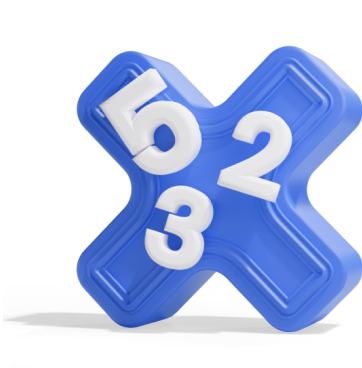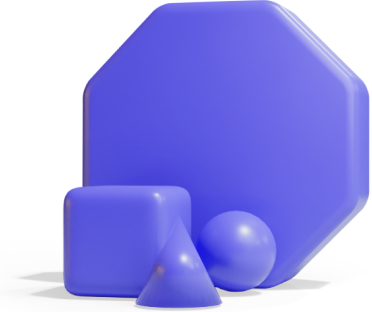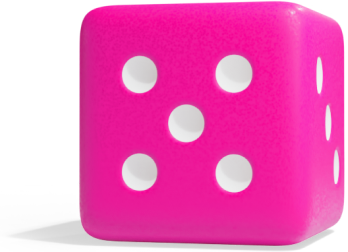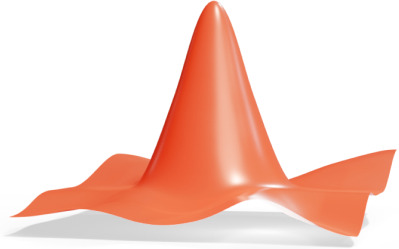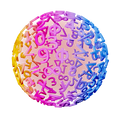9. klasse
Hvordan beregne arealet til en sammensatt figur algebraisk?
en_9_GM_calculate_area_composite_figure_algebraically.json
DetailsActivityApprovals
{
"voice_prompt": "",
"manuscript": {
"title": {
"text": "How to Calculate the Area of a Composite Figure Algebraically",
"audio": "How to calculate the area of a composite figure algebraically"
},
"description": {
"text": "To calculate the area of a composite figure, start by identifying the basic shapes that make up the figure. Once you have identified these shapes, add or subtract their areas as needed.",
"audio": "To calculate the area of a composite figure, start by identifying the basic shapes that make up the figure. Once you have identified these shapes, add or subtract their areas as needed."
},
"scenes": [
{
"text": "Suppose you are asked to calculate the area of this composite figure. The figure includes only the variables a and b, representing any positive numbers greater than zero. To find the area, you will use basic algebra.",
"latex": "",
"//": "Display a composite figure labeled with variables a and b."
},
{
"text": "There is more than one way to solve this task. You could split the figure into three parts: a square and two rectangles. Then, calculate the area of each and add them together.",
"latex": "",
"//": "Show the figure being divided into a square and two rectangles."
},
{
"text": "Another method is to divide the figure into two rectangles and add their areas.",
"latex": "",
"//": "Illustrate the figure being divided into two rectangles."
},
{
"text": "Lastly, you could consider starting with a large square and then subtracting the area of the smaller square.",
"latex": "",
"//": "Show the large square with the smaller square subtracted."
},
{
"text": "Each method will yield the same result. For now, let's focus on the first method, splitting the figure into three parts.",
"latex": "",
"//": "Highlight the three-part division method."
},
{
"text": "To calculate the area using this method, divide the red shape into three distinct parts: a square and two rectangles.",
"latex": "",
"//": "Show the figure divided into a square and two rectangles, colored red."
},
{
"text": "Let’s examine the side lengths. The first part is the square located at the top left corner. This square has side lengths of a and a, giving it an area of a times a, which equals a squared.",
"latex": "a \\times a = a^2",
"//": "Highlight the square and display the calculation a × a = a²."
},
{
"text": "The second part is the rectangle at the bottom left. This rectangle has side lengths of a and b, so its area is a times b, which is ab.",
"latex": "a \\times b = ab",
"//": "Highlight the rectangle and display the calculation a × b = ab."
},
{
"text": "The third part is the rectangle at the top right. This rectangle also has side lengths of a and b, making its area a times b, or ab.",
"latex": "a \\times b = ab",
"//": "Highlight the second rectangle and display the calculation a × b = ab."
},
{
"text": "Now that you have the areas of each of these three parts, you can add them together to find the total area. The total area is: a squared plus ab plus ab, which equals a squared plus two ab.",
"latex": "a^2 + ab + ab = a^2 + 2ab",
"//": "Show the final calculation with the expression a² + ab + ab = a² + 2ab."
},
{
"text": "Thus, the area of the composite figure is a squared plus 2 ab.",
"latex": "a^2 + 2ab",
"//": "Display the final result clearly."
},
{
"text": "To calculate the area of a composite figure, first identify the basic shapes that make up the figure. Then, add or subtract their areas as needed.",
"latex": "",
"//": "Recap with visuals of different composite figures."
},
{
"text": "And remember, there is often more than one way to solve a problem.",
"latex": "",
"//": "End with a motivational visual or quote."
}
],
"outro": {
"text": "To calculate the area of a composite figure, start by identifying the basic shapes that make up the figure. Once you have identified these shapes, add or subtract their areas as needed.",
"audio": "To calculate the area of a composite figure, start by identifying the basic shapes that make up the figure. Once you have identified these shapes, add or subtract their areas as needed."
}
}



